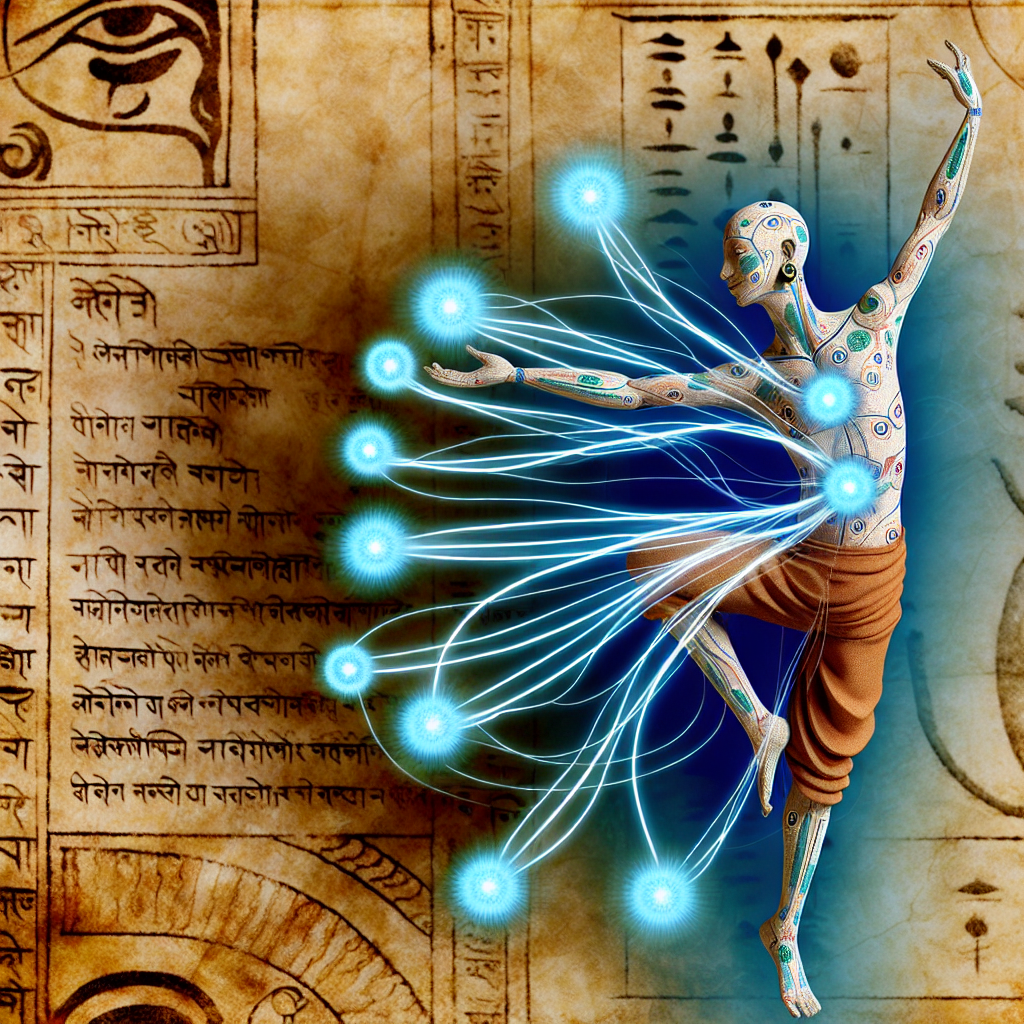Electro-Kinetic Pathways: How Ancient Sumerians Discovered the Body's Hidden Power Grid
EXCLUSIVE INTERVIEW: Uncovering the Lost Science of Movement-Based Bioelectricity
In a groundbreaking revelation that challenges conventional anatomical understanding, recently translated Sumerian clay tablets appear to document an ancient practice of generating electrical energy through specialized movement patterns. We spoke with Dr. Eleanor Whittaker, an unconventional anatomist and leading researcher in historical bioenergetics at the Institute for Alternative Physiological Studies, about these findings and their implications for modern medicine.
"What we're seeing here isn't just a curiosity of ancient history—it's a fundamental reframing of how we understand the human body's energetic systems," explains Dr. Whittaker, adjusting her glasses as she gestures to the translation of the tablets. "The Sumerians described what they called 'lightning pathways' throughout the body that modern science has completely overlooked."
According to Dr. Whittaker, these ancient texts detail specific movement sequences—essentially a form of interpretive dance—that activated dormant circuits within the body's energy system. Unlike the familiar nervous system that uses electrochemical signals to transmit information, these "kineto-electric circuits" apparently converted kinetic energy from specific movements into usable electrical current.
"The human body contains approximately 700 miles of nerves, but the Sumerian tablets suggest an additional network of what they called 'shar-ka-tu'—which roughly translates to 'spark channels'—that intersect at seven major junction points," Dr. Whittaker explains. "These junction points bear striking resemblance to what Eastern traditions later called chakras, but with a crucial difference: the Sumerians understood these as actual bioelectrical generators."
The tablets were discovered in 2018 during an archaeological expedition near modern-day Nasiriyah in southern Iraq, but their contents remained confidential until a complete translation could be performed. The translation team, led by Dr. Harmon Jeffries of Cambridge University, published their findings in the Journal of Historical Anatomy last month, sending ripples through the scientific community.
The Dance That Powered Mesopotamia
Perhaps most fascinating is the suggestion that these movement patterns—documented in detailed pictograms on the tablets—were used for practical purposes in ancient Sumerian society.
"We believe these weren't merely ceremonial dances," Dr. Whittaker continues, pulling up a digital reconstruction on her tablet. "The movements created enough bioelectrical current to power small devices. Think of it like a human battery charging system, but one that worked through specific choreographed movements rather than chemical reactions."
The reconstructed movement sequence involves a series of spiraling gestures, rhythmic foot patterns, and precise hand positions that, according to the tablets, activated different "spark channels" in sequence. Modern anatomists have long recognized that human movement creates minute electrical signals through piezoelectric effects in bones and muscle activation potentials, but never at the magnitude described in the Sumerian texts.
"We conducted a small pilot study with 12 participants who performed the reconstructed movements while connected to sensitive electrical measurement equipment," Dr. Whittaker reveals. "The results were modest but measurable—approximately 0.3 millivolts more than control movements. It's not enough to light a bulb, but it suggests there's something to these ancient claims."
Former electrical engineer turned movement therapist Jamal Washington has been incorporating elements of these Sumerian techniques into his practice with reported success. "I was skeptical at first," Washington admits. "But after working with these patterns for six months, my clients report increased energy levels and faster recovery times. One client with chronic fatigue syndrome says it's the only thing that's helped her in years."
Historical Context and Modern Implications
How could such a fundamental aspect of human anatomy remain undiscovered by modern medicine? Dr. Whittaker has a theory.
"The knowledge was likely suppressed during the transition from polytheistic to monotheistic religions in the region," she suggests. "These practices became associated with pagan rituals and were gradually eliminated from the written record. By the time modern anatomy developed in Renaissance Europe, this knowledge had been lost for millennia."
The scientific establishment remains highly skeptical. Dr. Martin Reinhart, professor of anatomy at Johns Hopkins University, commented: "While intriguing from a historical perspective, there's simply no anatomical structure that could support these claims. The human body's electrical systems are well documented, and there's no evidence of additional 'circuits' that could be activated through dance."
Dr. Whittaker remains undeterred by the criticism. "Remember that we once thought the lymphatic system didn't connect to the brain until a 2015 discovery proved otherwise. Medicine is constantly evolving, and sometimes ancient wisdom points us toward new discoveries."
She and her team are preparing to present their findings at next year's Conference on Historical Anatomical Practices in Copenhagen, where they hope to gain support for more extensive research.
"Whether or not these exact Sumerian practices can be validated," Dr. Whittaker concludes, "they point to an intriguing possibility—that movement and energy are more deeply connected in the human body than we currently understand. And that's worth investigating further."
As research continues, one thing is certain: the human body may still hold secrets that bridge ancient wisdom and modern science in ways we're only beginning to comprehend.
